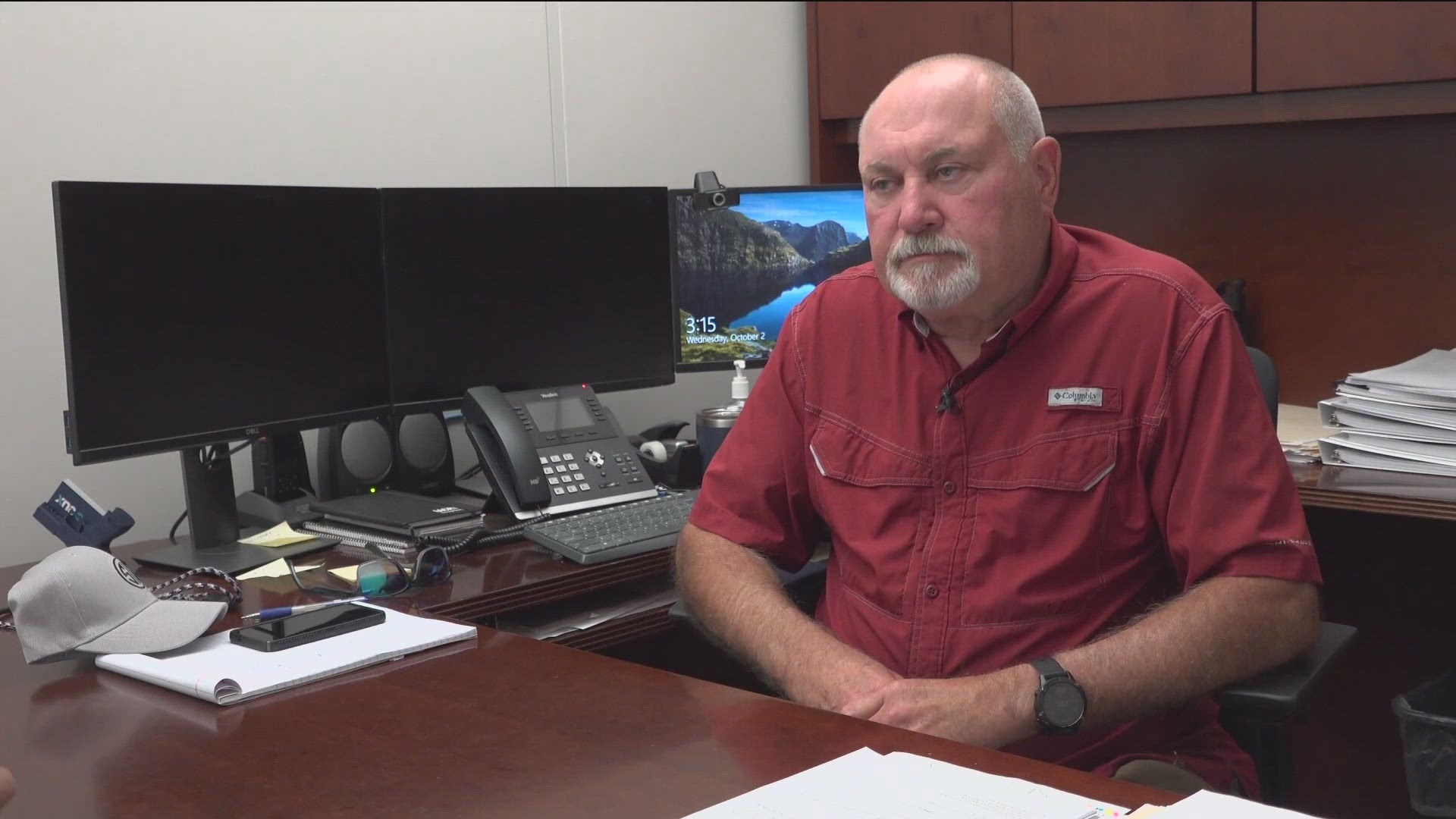ALMA, Ark. — In 29 years of investigating the disappearance of Morgan Nick, former chief of Alma police Russell White said things have changed for the city's law enforcers.
White said they were a small department within the city's municipal building. He'd just been on the job for 11 months when Morgan went missing.
"First several hours of that were more organizing search parties, things that trying to find a missing child. Also no one that walked off or got lost or and then, at the same time trying to organize, you know, a type of investigation for a taken child. And so, it was hectic, to say the least," White said.
At the Department of Public Safety, the Arkansas Crime Information Center acts as a database for missing person's reports. Director of Operations Rick Stallings explained records for these kinds of cases have changed too.
"Years ago, we didn't have the ability for agencies to enter an image. Now they can add a DL picture, a missing child's image. They can add up to 12 images," Stallings explained. "DNA information, if it's stored at the crime lab or on the NamUs portal. We can note where that is stored as well."
Political changes like the Adam Walsh Act and Suzanne's Law have also changed the timeline of a missing person's report. While some may believe you're supposed to wait 24 hours to file a report, Stallings explained it's immediate.
"They're supposed to get that information in the system immediately. You know, name, sex, date of birth, descriptor, information, just a basic get it in there and come back and pack the record later," Stallings said.
The now official suspect Billy Jack Lincks has a criminal past, including a previous attempted abduction.
"He got arrested, and then there was quite a bit of work done with him, but nothing that we could tie that could tie him to Morgan," White said.
White explained that DNA tests were done then, but the technology was so limited that they couldn't get a match.
"Actually, the technology that was used to do DNA on this hair was not available for many years into this investigation, DNA was around, but not that could extract it from, from this type of evidence," White said.
White explained that technological advancements are why they'd held onto evidence. Yet, he said it's difficult to make the decision to test the evidence.
"You have to gauge that by the lead and the information you have and whether you believe at the time that it's the correct thing to do, because once you do it, it's done, you're not going to get a chance to collect that evidence again," White said.
Watch 5NEWS on YouTube.
Download the 5NEWS app on your smartphone:
Stream 5NEWS 24/7 on the 5+ app: How to watch the 5+ app on your streaming device
To report a typo or grammatical error, please email KFSMDigitalTeam@tegna.com and detail which story you're referring to.

